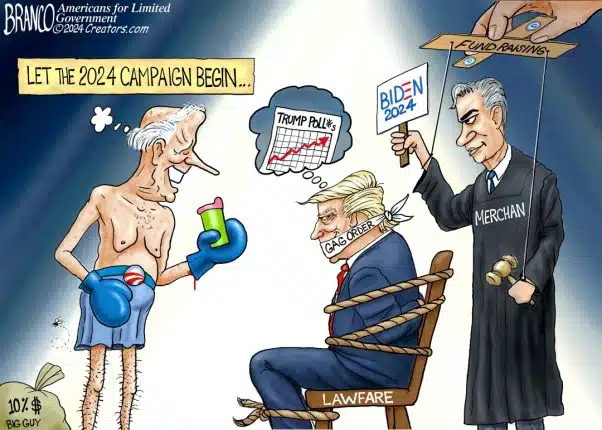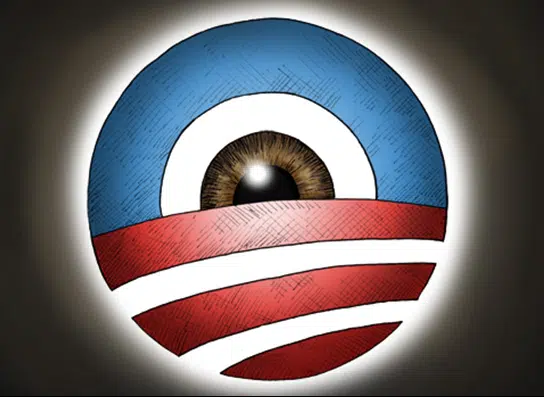
Why is the scandal important? Not only are certain short-term interest rates set based on Libor as well as hundreds of trillions of derivatives contracts, they are also an important signal of the health of financial institutions. The lower the interbank lending rate for an institution, the healthier it theoretically is. Barclays’ decision appears to have been rooted in a desire to mask problems it was having during the crisis, but also may have enabled the bank to profit off of certain trades based on inside information.
U.S. and UK regulators are now investigating whether the price fixing extended to other financial institutions as well (even though at the time they were well aware of the scam). Barclays former CEO Bob Diamond suggested to the UK Parliament’s Treasury Select Committee that “This isn’t just Barclays…Throughout 2007 and 2008, no institution of the 16 banks reporting three-month dollar Libor was at the higher end more consistently than Barclays.”
That would hardly be surprising. For, while these developments are certainly interesting, the problem of interest rate price fixing — and overall the incentive for financial institutions to mask their problems through false market indicators — is more widespread than just Libor. In fact, Libor is just one example of the continuing habit of interest rate manipulation at all levels of the financial system.
Specific to rates, these types of scams extend to the rigging of the $3.7 trillion U.S. municipal bond market, where banks colluded to artificially keep interest rates lower for state and local governments’ bond contracts by rigging auctions, resulting in hundreds of millions if not billions of lost interest income to municipalities.
One question that emerges from these scandals and others is: Are there any interest rates that are not being rigged? What about the biggest bond market of all — that of U.S. treasuries?
Interest rates are supposed to be a sign of the financial health of a borrower. But in the Libor scandal, low rates were used to mask the financial problems of an institution. That makes the rates nothing more than a fraud, robbing investors of the ability to make informed judgments about the stability of the system. In short, the price discovery method of the market cannot be trusted.
The motive is easy enough to understand. If a bank’s borrowing rates are relatively too high compared to competitors, markets will rightly question the solvency of that institution.
Similarly, governments have an obvious interest in keeping rates on borrowing artificially low. In Japan, with a debt of more than 200 percent of its Gross Domestic Product — hardly a sign of stellar finances — somehow its 10-year government bond only yields 0.72 percent.
A similar pattern emerges here in the U.S. Why is that the higher the $15.87 trillion national debt grows, and the more the nation’s financial outlook deteriorates, the lower interest rates drop? Rates on 10-year treasuries have dropped to record lows of about 1.4 percent.
But how is it possible? Central bank intervention, in the form of massive bond purchases and fixing the federal funds rate at near-zero, is keeping interest rates artificially low. How can these policies be construed as anything other than an attempt to ease the government’s borrowing costs at the expense of savers and pension funds?
How far will central banks go to prevent a financial system collapse? All the way.
Consider for a moment if the average interest rates on the national debt were allowed to normalize to, say, 4 percent by 2022, when the national debt will total about $25 trillion. That would result in gross interest payments of approximately $1 trillion a year. For that reason alone, government officials likely will not let rates rise.
Even by the Fed’s own account, its policies are designed to guard the health of and confidence in the financial system.
Treasuries are to long-term rates, such as mortgages and student loans, what Libor is to short-term rates. So, if Barclays is guilty of fraud and market manipulation — when the bank’s defense is it was defending market confidence in itself — what does that say about Fed and Treasury action to fix government and bank borrowing costs?
These scandals and more, of course, are only a symptom of the problem.
In short, the woefully undercapitalized nature of the financial system creates a perverse incentive for institutions and governments to lie about the condition of the system, because a loss of confidence could cost trillions. This leads to market manipulation and insider trading and other evils, but the root cause is the same.
So long as the only rational act is to lie to prop up the bank cartel’s house of cards, only the uninformed or foolish would be shocked by anything other than scandal after scandal.
Bill Wilson is the President of Americans for Limited Government. You can follow Bill on Twitter at @BillWilsonALG.







